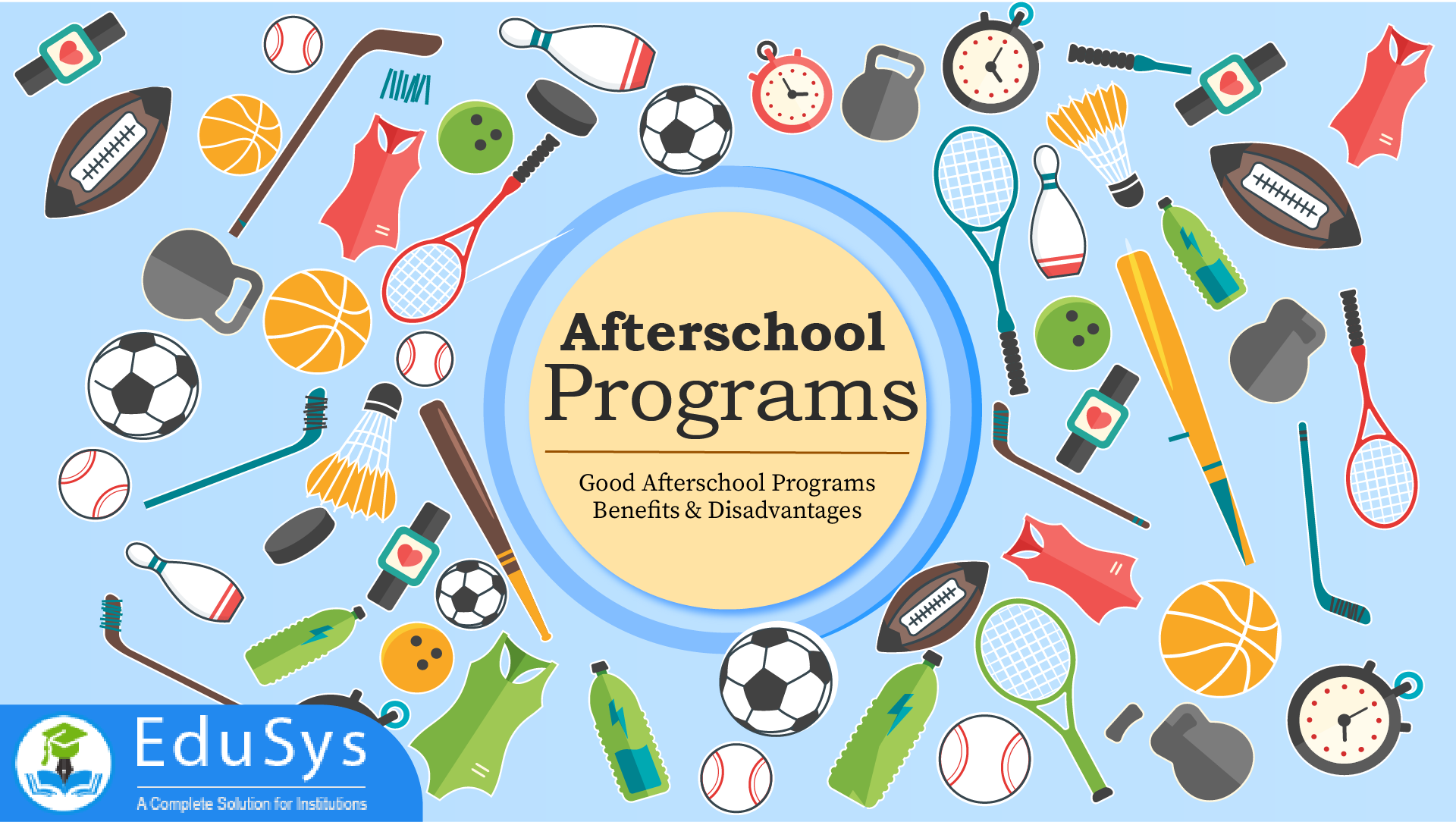I still remember the first after-school program I joined—it was a robotics club. I wasn’t even that into tech at the time, but something about the hands-on challenges and teamwork got me hooked. And honestly? I learned more about problem-solving and leadership in that tiny classroom after hours than I did in most of my regular classes.
That’s the thing about after-school programs: they’re not just about keeping kids busy. They’re about growing skills, confidence, and curiosity—in ways the traditional classroom doesn’t always allow.
Let’s explore how these programs work, what makes them effective, and why they’re so much more than just “extra time.”
📘 What Are After-School Programs?

After-school programs are structured activities and learning experiences that take place outside regular school hours. They can be academic, recreational, creative, or a mix of all three.
They’re designed to:
-
Support working families by offering safe, supervised environments
-
Help students explore new interests or reinforce school learning
-
Build confidence, social skills, and lifelong habits
These programs can be run by schools, community centers, nonprofits, or even local volunteers.
🎯 Why After-School Programs Matter
The benefits go far beyond keeping students off screens or out of trouble. When done well, after-school programs can have a huge positive impact on a child’s academic and personal development.
✅ Benefits include:
-
Improved academic performance knowledge (especially in reading and math)
-
Increased school attendance and engagement
-
Stronger social-emotional skills
-
Higher graduation rates
-
A safe space for exploration and belonging
Students often feel more relaxed in after-school settings, which makes it easier for them to try new things and open up in ways they might not during the school day.
🧩 Types of After-School Programs
Every student is different, so the best after-school programs offer a variety of activities to meet different needs and interests.
📚 Academic Enrichment
-
Homework help
-
STEM clubs (robotics, coding, science labs)
-
Reading circles or writing workshops
-
SAT/ACT prep or tutoring
Great for students who need extra academic support—or just love learning more deeply.
🎨 Creative and Performing Arts
-
Visual arts (drawing, painting, sculpture)
-
Drama or theater groups
-
Music and dance classes
-
Creative writing and poetry clubs
These are amazing for self-expression, confidence, and collaboration.
🏃 Physical Activities and Sports
-
Team sports (soccer, basketball, etc.)
-
Martial arts
-
Dance or fitness classes
-
Outdoor exploration or hiking clubs
Movement helps kids release energy, develop discipline, and build healthy habits.
💬 Social-Emotional & Leadership Programs
-
Peer mentoring
-
Community service projects
-
Conflict resolution workshops
-
Student councils and leadership training
These programs help students build empathy, confidence, and real-world soft skills.
🏫 How After-School Programs Extend Learning
Here’s the key: these programs aren’t about repeating what’s already in the classroom—they extend it.
How they do it:
-
Reinforce skills through hands-on activities
-
Provide individual attention or small group support
-
Encourage student choice and ownership
-
Promote a growth mindset without academic pressure
-
Connect learning to real-life applications
After-school learning feels different—it’s more informal, student-centered, and full of opportunity to explore what matters to the student.
👨👩👧 Choosing the Right After-School Program
If you’re a parent or caregiver looking for the right fit, here are some things to consider:
Questions to ask:
-
What are your child’s interests or needs?
-
Does the program offer structured goals and supervision?
-
What’s the student-to-adult ratio?
-
Are there opportunities for skill-building and fun?
-
What’s the feedback from other families?
It’s okay to test out a few before committing. The best programs create a sense of belonging and personal growth—not just busywork.
🧠 For Schools: Building Strong After-School Offerings
Schools that run their own after-school programs should focus on:
-
Student voice and choice
-
Partnerships with community organizations
-
Hiring engaged and trained staff
-
A balance between fun, academic, and social growth
-
Regular feedback from students and families
And yes—snacks help. Always have snacks.
✅ Final Thoughts: Learning Beyond the Bell
After-school programs are more than just a place to spend time—they’re a powerful extension of learning, identity, and opportunity.
When students have access to engaging, supportive after-school spaces, they grow into more confident, capable learners—inside and outside the classroom.
If you’ve got the chance to explore one, take it. It might just be the spark that lights up a lifelong passion.

